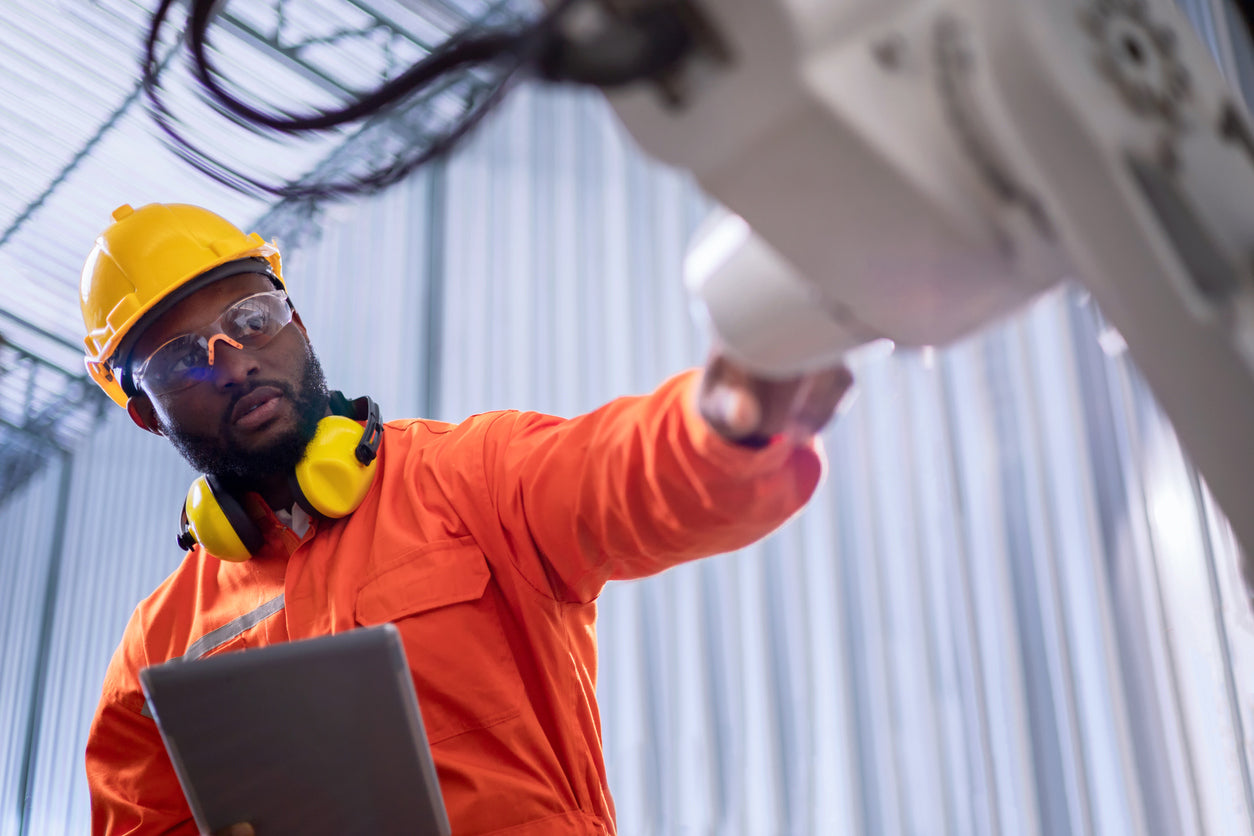Introduction
In various work and recreational settings, protecting your eyes is paramount. Safety eyewear serves as a crucial defense against potential hazards. This guide aims to provide insights into selecting the right safety eyewear and maintaining it for optimal performance.
Understanding the Risks
Identifying Workplace Hazards
Before choosing safety eyewear, assess the specific risks in your environment. Whether it's flying debris, chemicals, or intense light, understanding potential threats is the first step in finding suitable protection.
Common Eye Injuries
Explore the common types of eye injuries that can occur without proper protection, such as abrasions, chemical burns, and impact injuries. Recognizing these risks will guide you in selecting the appropriate safety eyewear.
Selecting the Right Safety Eyewear
Types of Safety Eyewear
Investigate the different types of safety eyewear available, including safety glasses, goggles, and face shields. Each serves a specific purpose, so choose based on the nature of the tasks and potential risks.
Lens Materials and Coatings
Examine lens materials like polycarbonate for impact resistance and coatings like anti-scratch and anti-fog for added durability and clarity. Understanding these features ensures you get the most effective eyewear for your needs.
Proper Fit and Comfort
Ensure a snug and comfortable fit to encourage consistent use. Ill-fitting eyewear not only compromises safety but can also lead to discomfort, reducing compliance.
Caring for Your Safety Eyewear
Cleaning and Maintenance
Learn the proper cleaning techniques for safety eyewear to maintain visibility and extend the lifespan of your protective gear. Avoid using abrasive materials that may scratch the lenses.
Storage and Protection
When not in use, store your safety eyewear in a protective case to prevent scratches and damage. Keep them away from direct sunlight, extreme temperatures, and harsh chemicals.
Industry-Specific Considerations
Construction and Industrial Settings
For those working in construction or industrial environments, explore safety eyewear with additional features such as side shields for enhanced protection against peripheral threats.
Laboratory and Chemical Environments
In laboratories or environments with chemical exposure, choose safety goggles with proper ventilation and chemical-resistant materials to shield your eyes effectively.
Conclusion
Investing in the right safety eyewear is an essential aspect of safeguarding your vision in various environments. Understanding the risks, selecting appropriate eyewear, and maintaining it properly are crucial steps toward ensuring optimal eye protection.
Frequently Asked Questions (FAQs)
-
How often should I replace my safety eyewear? Regularly assess your safety eyewear for signs of wear, damage, or reduced effectiveness. Replace them immediately if you notice any issues.
-
Can I wear safety glasses over prescription glasses? Yes, you can use safety glasses designed to fit over prescription eyewear. Alternatively, consider getting prescription safety glasses for a more comfortable fit.
-
Are there safety standards for eyewear? Yes, safety eyewear should comply with specific standards like ANSI Z87.1. Ensure that your chosen eyewear meets or exceeds these standards for reliable protection.
-
What should I do if my safety glasses fog up? Invest in safety glasses with anti-fog coatings. If fogging persists, ensure a proper fit, and consider using anti-fog solutions or wipes designed for safety eyewear.
-
Can safety goggles be worn with a face mask? Yes, safety goggles can be worn with face masks. Look for goggles with a snug fit or adjustable straps to ensure compatibility with your mask without compromising safety.

